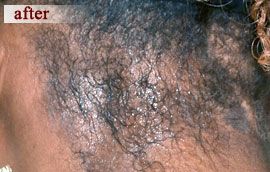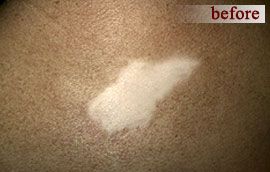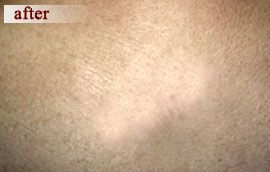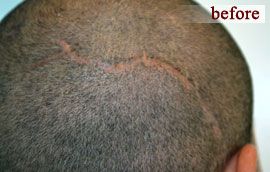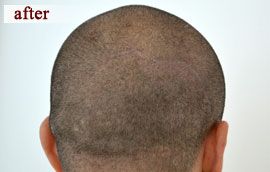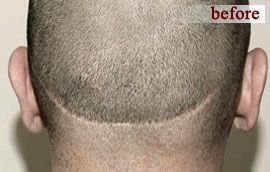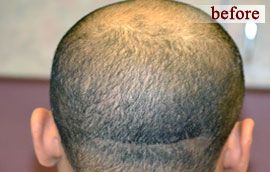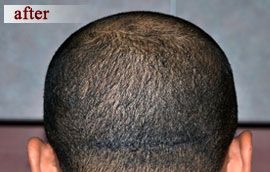View Our Latest Procedures
Paramedical Photo Gallery
Areola Restoration / Hair Transplant Scars
Areola- Nipple Simulation
3D nipple tattooing can be a successful option for patients who have had breast reconstruction after cancer, a mastectomy or lumpectomy. After a long journey of recovery, this procedure will help clients move from survival to a welcome feeling of normalcy. Often women do not want to go through any more surgeries. For unilateral mastectomy patients, this procedure will result in matching reconstructed breast to natural breast. For patients with bilateral breast reconstruction, both areolas are recreated. Using specialized skills in working with body proportions and color theory, Jolie will choose the best color, size, and shape to create the appearance of 3D nipple and areola.
Areola Scar Camouflage
Some breast surgeries require one or more incisions around the edge of the areola and may produce an unpleasant look of scarring. With medical tattooing, scars can be softened and reduced by implanting and blending customized skin color pigments.
Areola Size and Color
Micro-pigmentation is a perfect solution when patients are self-conscious about their areola being deformed or discolored. The color of the areola can be darkened, balanced or enhanced.
After your procedure, you will not need to take time off from work, but when scheduling your procedure around social events or travel plans, keep in mind recovery period (10-15 days).















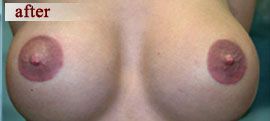


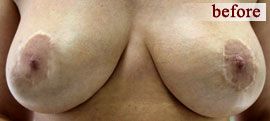


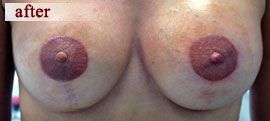





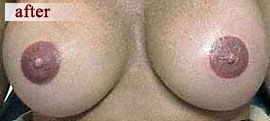
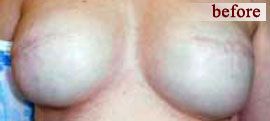
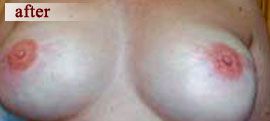
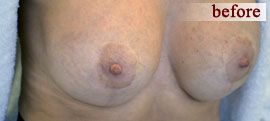
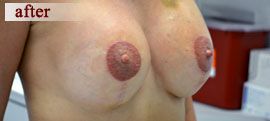
Scar Camouflage
Including burn scars, surgical scars, face lift scars. This process can dramatically reduce the appearance of the scars or completely cover them up. Flesh color pigments are blended to closely match the natural skin tones. The process may take multiple sessions, since few layers of pigmentation may be required. The result can be quite amazing.
However, not all scar tissues are suitable for treatment. Some scars have poor pigment retention capabilities.
Hair transplant scar cover-up & Hairline Tattoo
A hair transplant is a procedure in which a dermatological surgeon moves hair from a hair-filled section of the head to a bald area of the head. The hair is usually transplanted from the back or the side to the front or on top. Often hair transplant procedures leave men disappointed with noticeable scars on the back side of the head. A man who prefers the stubble affect appearance by shaving and wearing very short “Bullethead” style often consider scar camouflage. It can be achieved by tattooing stippling or hair strokes on a transplant scar tissue. This way scar areas can be blended, so there is no noticeable difference between the pigmented area and the surrounded area.
Typically, a tattoo hair simulation is done in a very muted, neutral colors that will not look out of place even when natural hair turns “salt and pepper” or gray. The procedure may require multiple sessions, depending on the size of the area to be covered.
Tattooing has become a popular way to correct concerns related to hair loss. Hair stroke technique is also a great solution for clients with alopecia. Alopecia is a condition that results in the loss of head and body hair.



